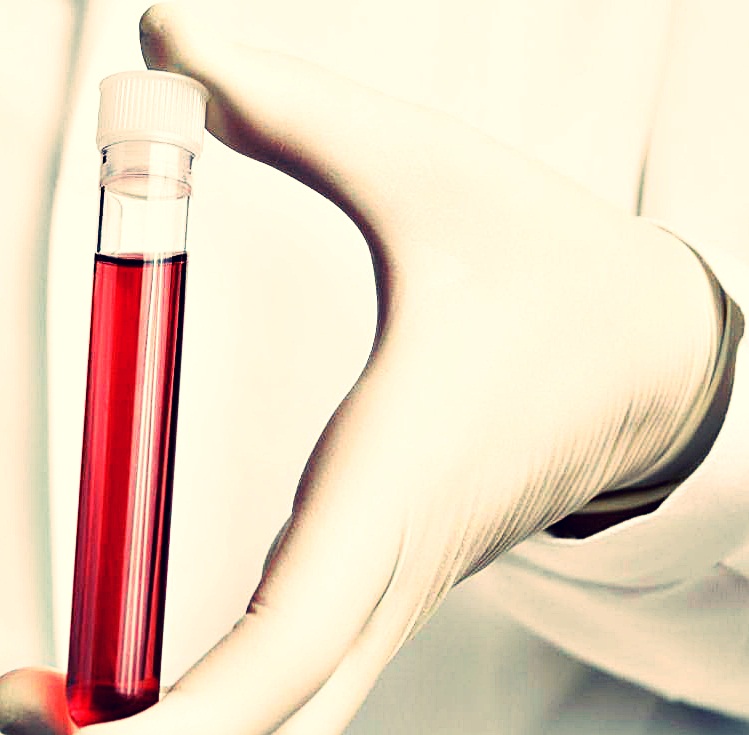Lipase test is a test done to find the amount of lipase in the blood. Lipase is an enzyme that is present in the pancreas and its main function is to help the intestines in the breaking down and absorption of fats into the body. Lipase is generated by tongue, stomach, liver, saliva and some other body cells. The lipase levels should be at the optimum amount to perform its digestive role properly. Any abnormal presence of the lipase could signify an underlying problem.
The blood usually contains small amounts of lipase. The presence of high levels of lipase in the blood could be as a result of the damage of pancreas. The blockage of the pancreas duct that transports lipase from pancreas to small intestine may cause the damage.
Reasons for the test
The test may be done to check for underlying problems to the pancreas such as pancreatitis or injuries to the pancreas. Also subsequent tests may be done to check the progress of the pancreatitis treatment. In addition the test may be conducted to verify the presence of cystic fibrosis and also during monitoring when the cystic fibrosis is being treated. The cystic fibrosis is a disease present since birth that causes clogging of mucus in the lungs and pancreas inferring with the absorption of nutrients in the small intestines.
The test is usually performed with amylase test for accurate diagnosis. Other test may also be performed together with lipase test. The test may also be ordered if symptoms for pancreatic disorder are present. Those symptoms are lack of appetite, fever, loss of weight, upper abdominal pain and fatty stools.
What to do before the test
Before the test is performed, the patient should not consume anything for eight to twelve hours before the test. Only water may be taken for that period. Asking questions to the doctor is advised to establish any side effects, the effect of the result and any other general question. The questions help the patient to prepare psychologically. Also some medications may alter the results such as the herbal supplements, birth control pills, morphine and codeine. The doctor may advise in such situations of medication.
How is the test done
The test involves the extraction of the blood from the body. The upper arm is tied with an elastic band preventing the flow of the blood. The blood flow disruption makes the veins appear larger than the point of prickle is cleaned with alcohol. The blood is drained from the veins then filled into the tubes. Having more than one needle is advised. The band is then removed and the point of prickle is pressed against with the cotton. The bandage is then wrapped around the area.
Risks associated with Lipase test
There is no major risk associated with the test. The risks are so minor such as developing small bruises from the point of prickle. Exerting pressure on that point for some minutes minimizes the bruises. Sometimes the veins may swell a condition known as phlebitis. Compressing the point with a warm clothe reduces the effect. Excessive bleeding may occur to those with bleeding problems. Talking to the doctor about the condition is advised. Draining of the blood may be difficult resulting in multiple prickles. Also an infection may develop from the point of prickle.
Normal Lipase Levels
The normal range for lipase, mentioned here, is just a guideline and it may differ across labs, according to what they deem as normal. A normal lipase range is between 0-160 U/L(units per liter). Even if the range is higher than this, it is considered okay as the doctor evaluates your overall health on many parameters, besides lipase. However if the lipase levels is beyond 400 U/L, it indicates pancreatic problems.
High lipase levels – causes
High levels for lipase signify an underlying problem. The high amount could be due to pancreatitis, pancreatic cancer or complications to the gall bladder including cholecystitis and gall stones. Intestines could have been affected leading to intestinal blockage or the kidneys could be under attack. Infections, cancer of the salivary gland, liver cirrhosis and drug abuse hugely increase the levels of Lipase. Also when an organ is transplanted and develops later complications the lipase level may increase. More over diseases such as intestinal infarction, small bowel obstruction, chronic renal failure and gastric perforation may be present.
Low low lipase levels – causes
Having low levels of lipase also signifies potential problems to the pancreas. The low amount may act as an indicator of presence of cystic fibrosis. Also some interference such as quinine, presence of heavy metals, calcium ions and hemoglobin may result into the decreased levels of lipase. Sometimes the Lipase may be normal even if the patients have the mumps and macroamylasemia.
The Lipase test is very vital in establishing the real cause of the underlying problems. The lipase can identify problems in other organs apart from pancreas. The lipase results takes up to twelve hours. The result may differ from one lab to another but the doctors will advise. Some factors such as pregnancy, certain medications, and chronic kidney diseases may alter the result. Lipase test is always mostly considered than the amylases test to diagnose pancreatic problems because they remain high at longer periods.



